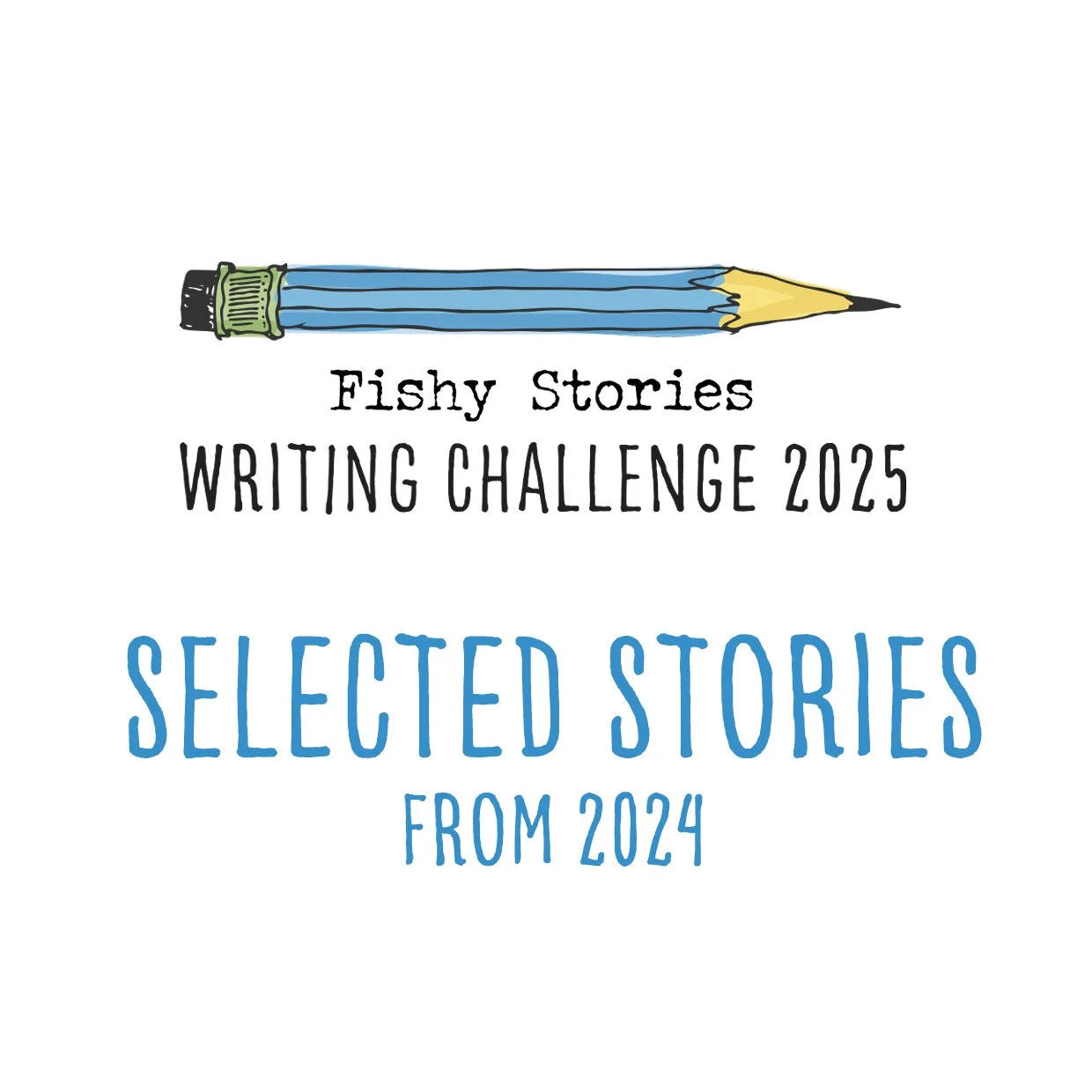Resources for Students, Teachers, Parents & Carers
Check out our 2025 Study Guide.
Read the 2024 selected stories
Videos
Checkout some videos which help explain the Writing Challenge.
Michael Hyde - Author with over 30 published books for kids & teens and creative writing lecturer.
Sarah Lind - Primary School Teacher and story enthusiast.
Andrew Mcdonald - Author of Real Pigeons, loves writing stories that make kids laugh
Tips for Picture Stories
Example of a 4 page spread
Here's an idea for a picture story created by Michael Hyde that Craig Smith developed into a four page spread as seen below:
Sam loves riding his bike. To school. With friends. Doing tricks. Dreams of having an adventure.
One day out of the blue, Sam decides to ride into the bush/forest, to have an adventure.
Sam becomes lost overnight. Scared and hungry.
Sam finds his own way out the next day by following his own tyre tracks (like hansel and gretel).
The task is to write and illustrate a short story put together in the form of a short picture book. Try and tell the story in as few words as possible. Let the pictures give life to the story.
For instance, applying the golden rule of ‘show, don’t tell’, descriptions of the setting and characters will probably not be needed. It will be shown by the illustrations.
A book is made up of pages, but each two facing pages together is what is called a spread.
Then, when the right-hand page is turned, it reveals the next spread. It is nice to use the reveal as an opportunity to shift the story along – to change the scene, new viewpoint, or bring some surprise, like a new event or new character into the story. The hope is the reader turns the page with some anticipation.
Planning the layout of the story in terms of spreads is really useful.
It is not meant to get in the way of the fun of drawing a story. All ages and abilities can have a go.
The aim is to produce a maximum of 8 pages of text and illustration. It would be preferred if no more than 3 sentences (or less) a page is used. More than that may mean the room for illustration is too small.
All eight pages require some illustration. Either large or small.
Your story should have a snappy title located on a separate title page.
The development of the Writing Challenge written stories is due largely to passion, drive and energy of renown young adult author Michael Hyde and the picture stories development is due to the support and help of Craig Smith.





